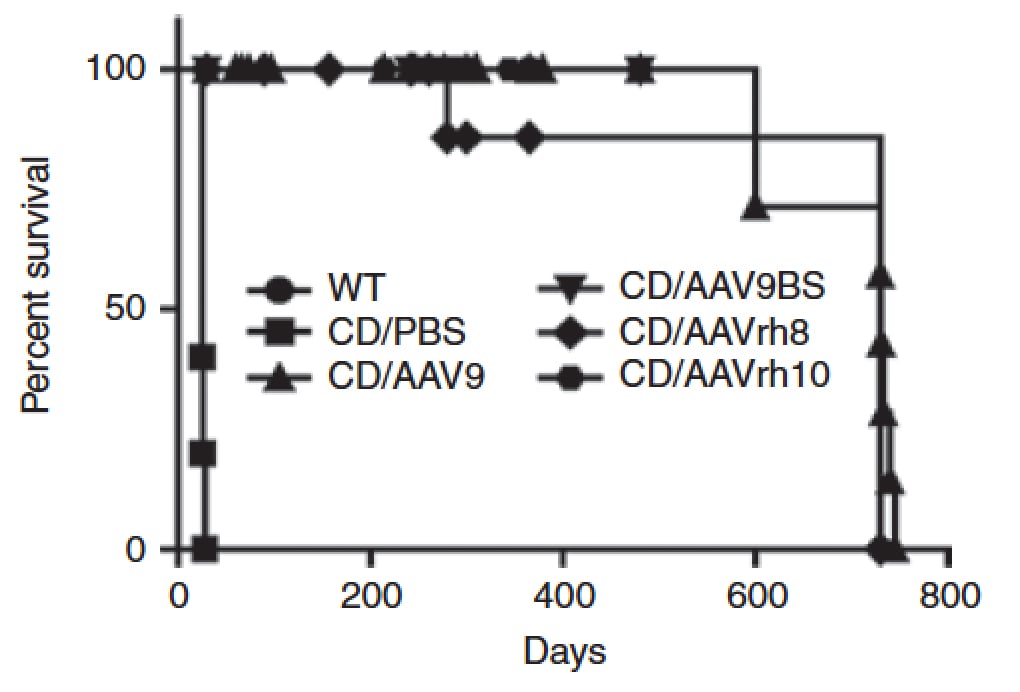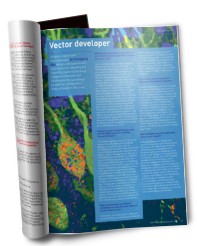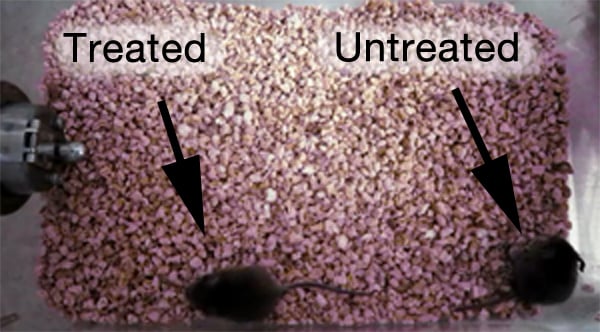Canavan Disease
What is Canavan's disease?
Canavan’s disease is an inherited disorder that damages cells of the brain. The disease disrupts the growth or maintenance of the myelin sheaths, which cover nerves for efficient transmission of impulses. While this condition occurs in all ethnic backgrounds, it is most common in people of Ashkenazi Jewish heritage. The disorder affects 1 in 6,400 to 13,500 people in the Ashkenazi Jewish population. The prevalence in other ethnic populations is not well known. Efforts to classify Canavan’s disease into congenital, infantile and juvenile forms have been controversial and it seems more common to differentiate between early and late onset Canavan’s disease.
Mutations in a gene called ASPA cause Canavan’s disease. The gene provides instructions for the synthesis of an enzyme called aspartoacylase. This enzyme breaks down a molecule called N-acetyl-L-aspartic acid (NAA), which is mostly synthesized in brain neurons and transported to oligodendrocytes. Because mutations in the ASPA gene reduce the function of the enzyme, NAA is not broken down resulting in high levels of NAA to build up in the brain. To this date, the physiologic function of NAA is not well understood and it is still unknown why malfunction of the aspartoacylase enzyme causes the severe changes seen in the brain of individuals with Canavan’s disease.
The early onset Canavan’s disease is the most common and most severe form. Infants appear normal for the first few months but then by age 3 to 5 months, problems become noticeable. Affected infants show delayed development of motor skills, cannot sit up without support and miss developmental mile stones. Other common features of this condition include weak muscles and a larger head size. Additionally, over time feeding and swallowing difficulties, seizures, and sleep disturbances may also develop. Most infants live only into childhood, although some survive into adolescence or beyond.
The late onset form is less common and severe and characterized by spasticity, cerebellar dysfunction starting as early as 5 years of age. In addition, delayed development of speech and motor skills occur. Even later disease onset has been described with mild symptoms that are so mild that they are never recognized as being caused by Canavan disease. Life expectancy of individuals with the late-onset form might vary substantially.
Dr. Gao's gene therapy strategy on Canavan's disease
Efforts in the Gao lab at developing a treatment for Canavan’s Disease are two-fold. First, we are aiming at understanding how aspartoacylase malfunction or NAA accumulation cause extensive brain destruction. Second, the lab is actively involved in developing adeno-associated virus (AAV) mediated Gene Therapy to treat Canavan Disease.
 |
| Long-term survival of Gene Therapy for Canavan Disease in mice. |
What Causes Canavan Disease?
Mutations in a gene called ASPA cause Canavan’s disease. The gene provides instructions for the synthesis of an enzyme called aspartoacylase. This enzyme breaks down a molecule called N-acetyl-L-aspartic acid (NAA), which is mostly synthesized in brain neurons and transported to oligodendrocytes. Because mutations in the ASPA gene reduce the function of the enzyme, NAA is not broken down resulting in high levels of NAA to build up in the brain. To this date, the physiologic function of NAA is not well understood and it is still unknown why malfunction of the aspartoacylase enzyme causes the severe changes seen in the brain of individuals with Canavan’s disease. Efforts in the Gao lab at developing a treatment for Canavan’s Disease are two-fold. First, we are aiming at understanding how aspartoacylase malfunction or NAA accumulation cause extensive brain destruction. Second, the lab is actively involved in developing adeno-associated virus (AAV) mediated Gene Therapy to treat Canavan Disease.
http://www.umassmed.edu/globalassets/gene-therapy-center2/pdfs/guangping_gao_intl_innovation_177_research_media_hr.pdf
Gene therapy for Canavan's disease takes a step forward.
Gene threapy treatment at birth
The left mouse has been injected with a gene therapy virus to restore the expression of the ASPA gene while the right mouse is uninjected. Only the treated mouse is able to move at 3 weeks of age.
 |
Lear more about Dr. Gao's appraoch to treat Canavan Disease in an Interview with International Innovation.


